Australia So Much to See


Mount Moffatt in the Carnarvon National Park
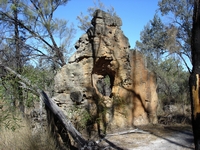
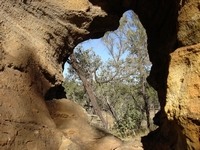
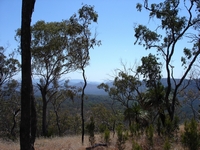
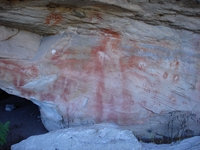
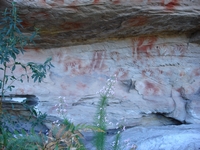
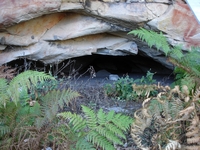
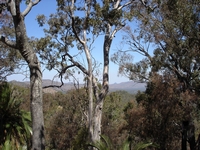
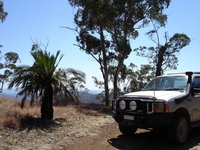
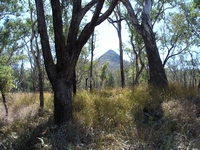
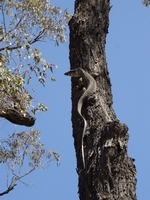
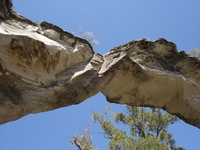
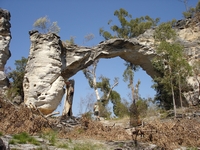
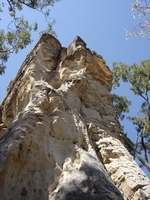
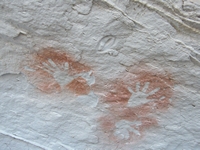
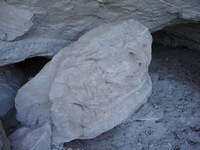
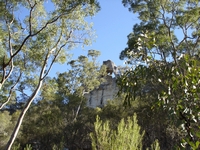
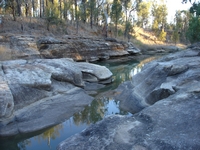
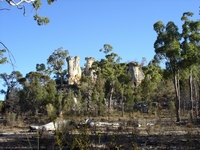
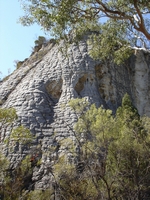
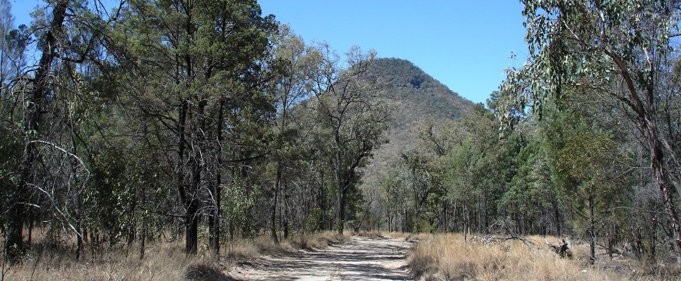
To reach the plateau in the Mount Moffatt section of the Carnarvon National Park by road involved driving over 300 kilometres via
Injune and heading into the highlands. This part of the Carnarvon Gorge National Park can be accessed with a dirt road capable
caravan and tow vehicle. Roads within the park may be closed following rain.
The Mount Moffatt area has a history dating back at least 19,500 years, as dated from fire beds uncovered in a cave later used by legendary outlaws Patrick and James Kenniff. The Kenniff brothers became wanted men due to their cattle stealing, so with their horses they took refuge in the relatively inaccessible ranges.
Cattle were run in the area from the 1860s until 1979, when the station was purchased for incorporation into the
Carnarvon National Park.
The symmetrical Mount Moffatt that gives the park its name. At 1,097 metres above sea level, Mount Moffatt is not the highest
peak or point within the park.
Water remains in rock pools at Dargonelly Rockhole Campground
Mount Moffatt
You will see unique shaped sandstone formations in the Mount Moffatt section of the Carnarvon National Park. Soon after entering
the park, a grey weathered rock near the road is known as Cathedral Rock. The weathered surface of this and some of the other
rocks in the park give the image of scales of a giant reptile. A short walk can be taken around Cathedral Rock.
We are in bushranger country here in the heights of the Carnarvon Range. The cave where Patrick and James Kenniff sheltered
in is now closed to the public due to instability of the cave roof. This cave also contains some of the most significant Aboriginal
rock paintings in the area. In 1902 the Kenniffs murdered two policemen who apprehended them at the place known as Lethbridge
Pocket near their lookout point, high on the northern side of the ridge and incinerated their bodies nearby.
A further drive through the mahogany forest ends at the source
of Carnarvon Creek high in the Consuelo Tableland.
The track beyond the Dargonelly campground passes the Marlong Arch where a natural bridge of sandstone forms a slender archway with
the two sides linking in the centre like outstretched necks of dragons meeting to kiss.
The Duchess is a bell tower shaped formation high on a sandstone outcrop.
The Tombs are found in a large sandstone outcrop with small caves at the base. The caves are now empty as the remains of those
interred there were stolen during the early 1900s. Corpses were wrapped in cylinders of bark from the Budgeroo tree and were
bound with animal hides. The cylinders were decorated with ochre and placed into the caves under the rock. Stencil paintings
of hands, feet and kangaroo feet in red and yellow ochre remain on the surfaces around these caves and include the unique stencilled
image of a man.
A large Lace Monitor took to the safety of tree.